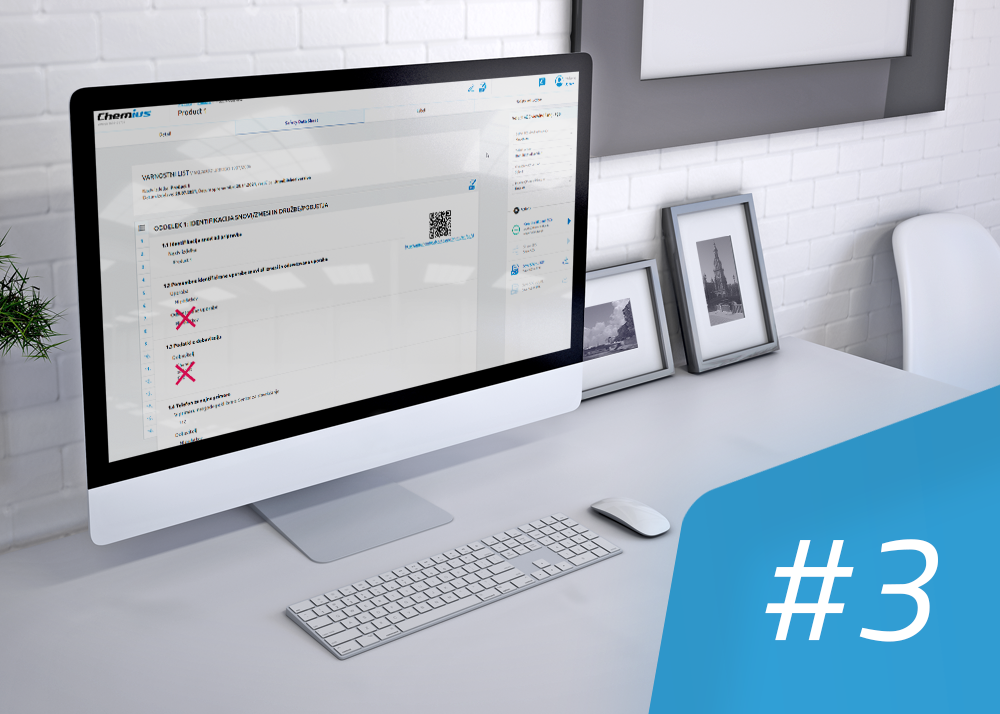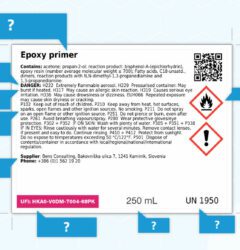26 Nov

Why don’t we look in more detail remaining two mistakes we regularly find in Safety Data Sheets?
Mistake no 6: Product’s labels are marketing material and separate from SDS
This is a very costly mistake.
The content on the label must always correspond to information on Safety Data Sheet. Though it might seem that labels include only marketing it’s not so.
Don’t get me wrong. It’s fine to put marketing material on label. Just remember that you also need to include the necessary legal information such as hazard statements. For that you need to look into the SDS for that product.
Including both pieces of information is making consumer aware of potential dangers (not just benefits) before using that product.
Here are a couple of other mistakes when it comes to labels:
- Using different names on the label and the SDS for the same product.
- Black and white GHS hazard pictograms instead of colored ones.
- Label where the text is too small to read.
- Shrinking the size of GHS hazard pictograms to gain additional space for marketing text.
- Horizontally oriented text on a vertically positioned product.
- Names of dangerous substances not translated in local languages.
These mistakes concerning labels are typical sales thinking which get a lot of companies in trouble.
We’re almost done. Here’s the last mistake:
Mistake no 7: We don’t need to update SDS because they are static documents
I’ve heard this one numerous time: »We did what was required from us and now we’re on the safe side«. Not so.
Three are at least three factors influence the update of SDSs (and labels):
- Product composition can change.Just think of the last economic crisis when companies searched for cheaper materials and product recepture changed several times in a year.
- Safety Data Sheet for product substance recepture can also change. The fact is that substances are constantly studied and thus being newly categorized.Here’s a true example of boric acid. Years ago, boric acid was present in many products for generic use (it was even used in cosmetic products) and was categorized as non-hazardous.Then, as more evidence about the substance became known, it became classified as very hazardous – toxic for reproduction – and as a result, a new safety data sheet for boric acid had to be made. In addition, safety data sheets had to be made again for all products (mixtures) containing boric acid.
- The third factor is the one that most people know – change in legislation. Safety data sheets must be adapted to legislation changes. In the past few years, the most known change was the transition from DPD to CLP legislation, which introduced a new system of labelling and classification.
If a SDS ever was a static document, it hasn’t been such a document for quite some time now.
Now if these 7 points make sense to you, please don’t just sit there nodding.
Apply these lessons systematically and you might well become more successful when it comes to serving your clients better. And you’ll be happier as achievement is the key to happiness.
But if you don’t have the time or energy to do that than we can definitely help.
Just get in touch and we’ll help you with your Safety Data Sheets.



Bojan Dimic